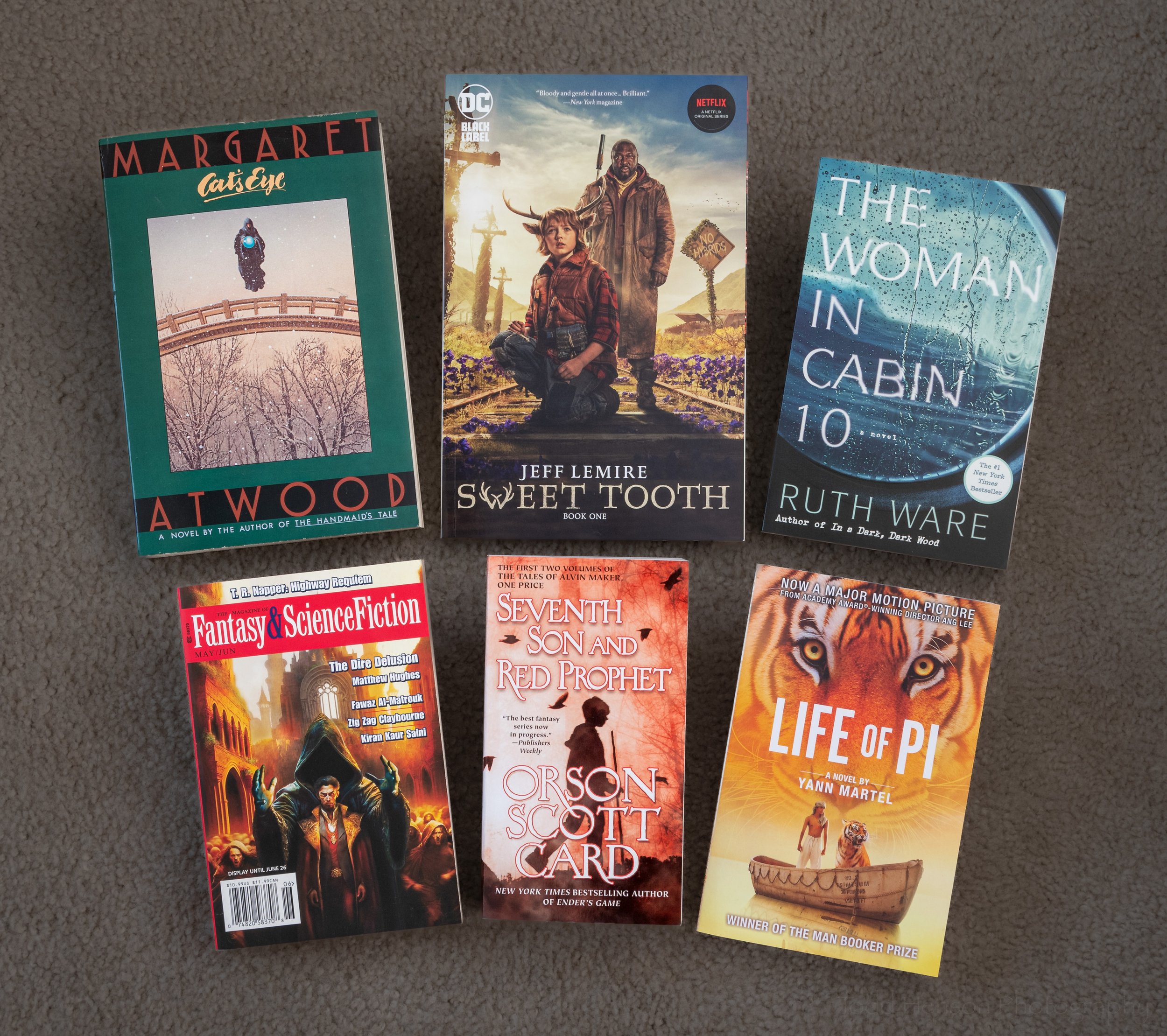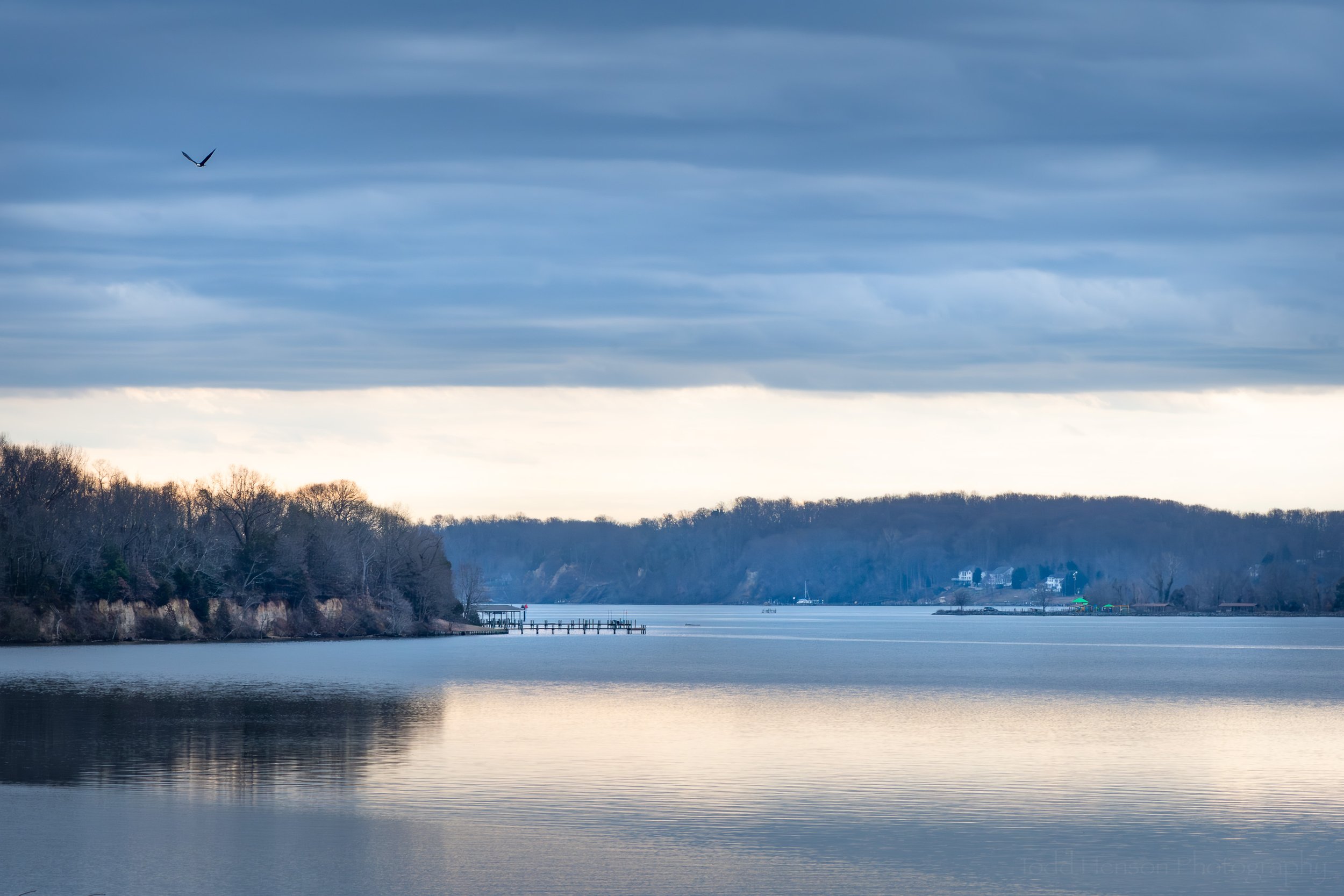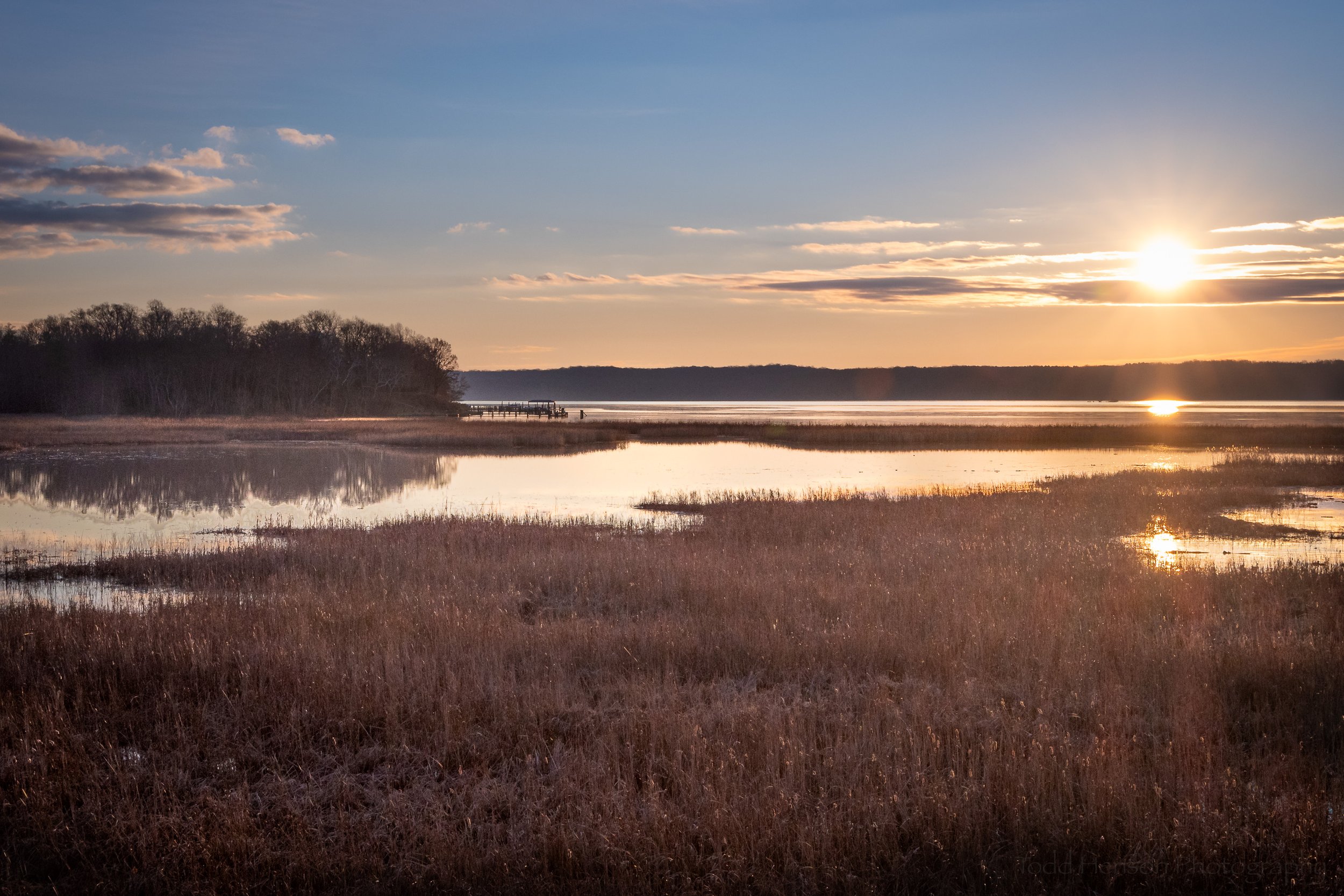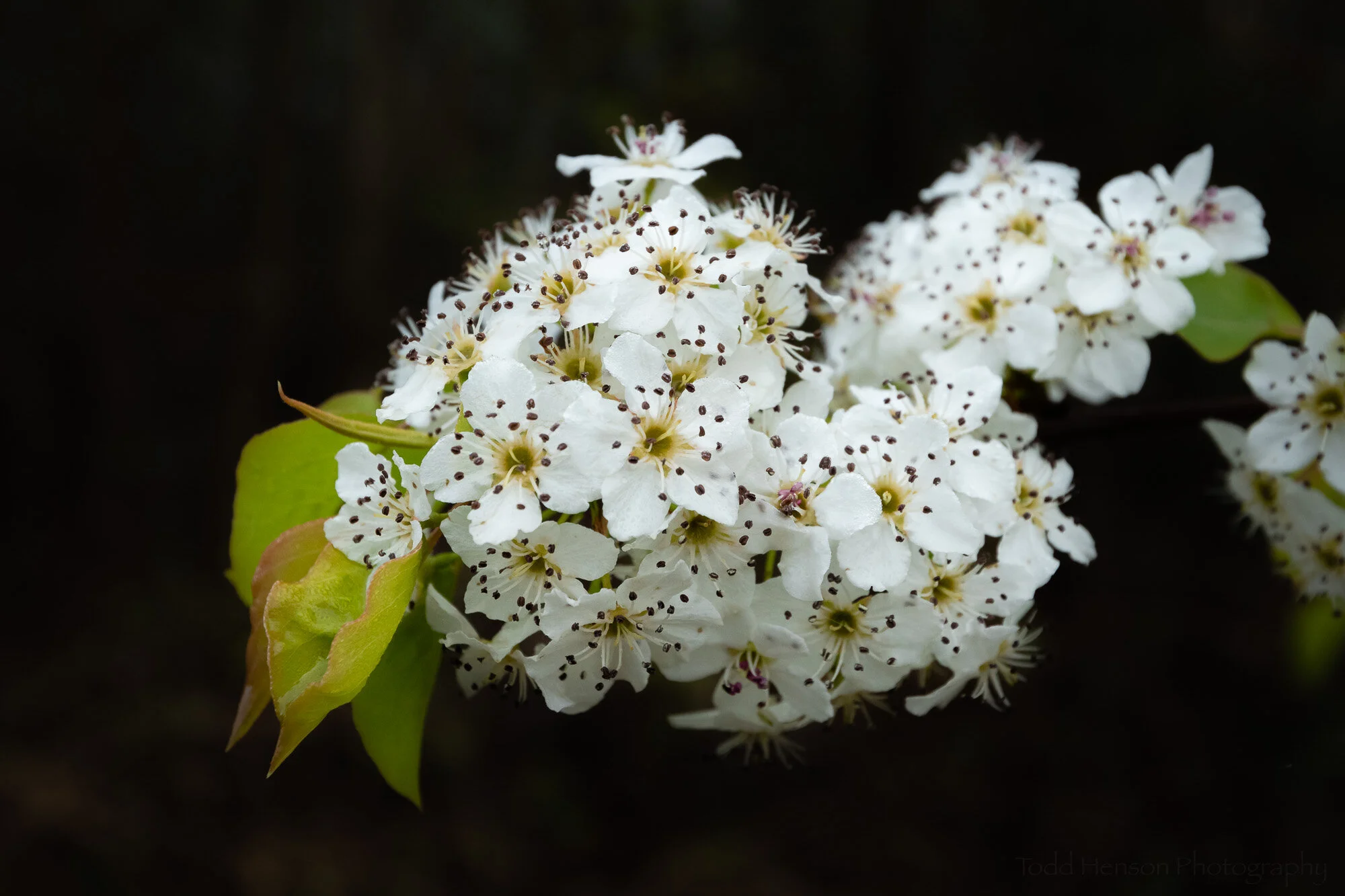Book cover of Daring to Look
While browsing the very small photography section of my local library I stumbled across a book that caught my eye, Daring to Look: Dorothea Lange’s Photographs & Reports from the Field by Anne Whiston Spirn, published by the University of Chicago Press in 2008. I’m always open to reading more about Dorothea Lange so I checked it out.
I love this sort of book. It does feature many of Dorothea Lange’s photographs, some of which may have appeared for the first time in these pages. But it’s far more than a portfolio of her work. The author, Anne Whiston Spirn, chose to focus in on a very specific time period in Dorothea Lange’s life, 1939, when Lange visited various locations on assignments, both creating photographs and writing detailed notes about what she found. And this book brings together those photographs as well as the notes, giving amazing insight into Lange’s life during that year as well as into that part of the United States and how it was changing.
Preface
The book begins with a preface that provides an overview of what the book is about, how it focuses on 1939 when Lange largely worked for the Works Progress Administration, an organization that some of the people she photographed said had “ruined the working man,” with others seemingly dependent on their assistance.
Prologue: A Discoverer, a Real Social Observer
The prologue is composed from Lange’s own words and is full of fascinating and enlightening quotes. I quite enjoyed this section of the book, it really provided some wonderful insights into how Lange thought and felt.
When describing how she transitioned from creating studio portraits of people to her more well known documentary work she said, “The only comment I ever got was, ‘What are you going to do with this kind of thing? What do you want to do this for?’ … That was a question I couldn’t answer. I didn’t know… But I knew my picture was on my wall, and I knew that it was worth doing.”
“We have, in my lifetime, changed from rural to urban. In my lifetime, that little space, this tremendous thing has happened. These people on that rainy afternoon in April were the symbol, they were the symbol of this tremendous upheaval like an earthquake.”
“One should really use the camera as though tomorrow you’d be stricken blind…. To live a visual life is an enormous undertaking, practically unattainable, but when the great photographs are produced, it will be down that road…. I have only touched it, just touched it.”
“There are moments when time suddenly stands still and gives place to eternity.... moments where all seems to fall in its place, for anyone to understand—if it’s a really good photograph.”
“Artists are controlled by the life that beats in them, like the ocean beats in on the shore. They’re almost pursued; there’s something constantly acting upon them from the outside world that shapes their existence.”
“The good photograph is not the object. The consequences of the photograph are the object, and I’m not talking about social work. It can be… something that is extraordinarily beautiful for its own sake…. The consequence of its beauty is the transmission of it; so that no one would say, “How did you do it? Where did you find it?” But they would say, “That such things could be.”
Part One: Dorothea Lange and the Art of Discovery
Part One of the book is an essay by Anne Whiston Spirn where she describes the Lange she discovered during her research for this book. A most telling quote is: “Dorothea Lange is to photography what John Steinbeck is to literature.” In fact, her photographs inspired Steinbeck when writing The Grapes of Wrath and he used some of her photographs as illustrations in his nonfiction booklet, Their Blood is Strong.
Spirn goes on to describe how she came to write this book, how and where she researched, where she found so many photographs and field notes from Lange, some of them not previously published, seemingly lost and cast aside. This is when we start to learn that Lange didn’t just create photographs but also wrote many notes accompanying the photographs, feeling that just photography couldn’t tell the stories she was sharing, words were also needed. Some of these words were directly written by Lange and others by her assistants, such as Rondal Partridge, and by her one-time boss and later husband, Paul Taylor.
Lange learned over time how to interact with people to get to the real stories: “You go into a room and you know where you are welcome; you know where you’re unwelcome…. Sometimes in a hostile situation you stick around because hostility itself is important…. The people who are garrulous and wear their heart on their sleeve and tell you everything, that’s one kind of person, but the fellow who’s hiding behind a tree and hoping you don’t see him is the fellow that you’d better find out why.”
Eventually, Lange went to work at the federal level for the Works Progress Administration and later the Resettlement Administration, which was succeeded by the Farm Security Administration (FSA). It’s with the FSA that she and her assistants travelled all over the country on assignment. Her photos were among the most widely used and recognized of all the FSA photographers, and yet she had a very mixed relationship with her boss at the FSA, Roy Stryker, and was fired three times. Unfortunately, when she was fired for the final time she lost access to much of her work and found it very difficult, sometimes impossible, to obtain copies of her negatives for books or shows. Despite Stryker’s reticence in allowing her the use of her own photos, he had no problem using them for his own book on the FSA and included more of her photos than any other FSA photographer, and he mentioned of her famous Migrant Mother photo, “After all these years, I still get that picture out and look at it.”
Pages 8-9, including the photo Migrant Mother
Thankfully, after getting fired from the FSA Lange applied for a Guggenheim fellowship to help fund her work and became the third photographer ever to receive one, after Edward Weston and Walker Evans, all three being iconic American photographers. Later John Szarkowski approached Lange about hosting a retrospective exhibit of her work at New York’s Museum of Modern Art (MOMA), where her show was only the sixth to have been dedicated to a single photographer. Those preceding her were Walker Evans, Paul Strand, Edward Weston, Henri Cartier-Bresson and Edward Steichen. She was in good company. At the entrance to her exhibit were the words of Szarkowski: “What distinguished Lange’s work was a challenging intelligence and an artist’s vision. Her intelligence allowed her to bypass the exceptional—the merely newsworthy—and discover the typical. Her art gave to her observation an irreducible simplicity, the eloquence of inevitability.”
Pages 26-27, showing handwritten and typed notes
On the essence of a photograph, Lange observes, “What is it in the end? It is a mounted piece of paper with a photographic silver image on it. But in it there is an element which you can’t call other than an act of love. That is the tremendous motivation behind it. And you give it. Not to a person, you give it to the world, to your world… an act of love—that’s the deepest thing behind it…. The audience, the recipient of it, gives that back.”
Part Two: Photographs and Reports from the Field, 1939
Part two is the heart of the book, full of Lange’s photographs and reports from the field, all from 1939, a year in which she created more than 3000 photographs, 149 of which are presented in the book.
Spirn says: “Most of these photographs were never printed in Lange’s lifetime (except as proofs) and appear here for the first time…”
I absolutely loved this section, looking over all the photographs, and especially reading Lange’s thoughts on her interactions with people and places, the events she witnessed and documented. Maps are included that trace the roads Lange followed and the areas she visited.
Pages 64-65 showing a map for the section, The Highway
Pages 82-83
Pages 90-91 showing a map for the section, The Farmers, Black and White
Pages 112-113
Pages 142-143 showing a map for the section, The Migrant Life
Pages 194-195
Pages 214-215
Pages 262-263 and the beginning of Part Three: Then and Now
Part Three: Then and Now
Part three was an unexpected and fascinating part of the book. Here we get more insight into the author, Anne Whiston Spirn. After having spent months of research she wondered what had become of the places and people Dorothea Lange had portrayed. So she took to the road to find some of the locations and attempt to find some of the people, or at least people who knew of them. She wasn’t looking to duplicate Lange’s path or photographs, but to see what Lange might have seen and to get a feel for the landscape. She was curious if she could learn anything from the differences between what Lange saw and what she, Spirn, saw.
Of course, all these years later it was a challenge to find the same locations and even more so to find people. But Spirn did just that, and documents what she found. And she learned something that may seem obvious in hindsight, something in common between then and now: that things keep changing.
“Lange’s words and photographs speak eloquently to the present, for the forces she saw and recorded in 1939 are still in play, forces of that particular moment, but not only of that moment.”
Pages of 286-287
Appendixes and Final Sections
The book includes five appendixes with additional information:
A: Chronology of Dorothea Lange’s Life
B: Description of New Deal Organizations and Programs
C: Documents Submitted by Lange with General Captions
D: Key to Negatives and General Captions
E: Additional General Captions from 1919
Ending out the book are sections of notes, an essay on sources, a list of illustrations, and an index.
Final Thoughts
This review ended up much longer, and took me longer to write, than I’d originally intended, perhaps a reflection of how much I enjoyed the book. I think it’s a wonderful piece of history of a slice of time and of geographic regions in the United States, as well as of Dorothea Lange. Anyone interested in the Dust Bowl years, documentary photography, or Dorothea Lange will find something of interest in these pages.
Very sadly, I later went back to the library to check the book out again and found it no longer appears anywhere in the county library system. I’ve no clue what happened, whether it was removed during a periodic pruning of less popular works, whether it was lost or misplaced. I’m considering searching for my own copy, not that I need any more physical books. But this is one I’ve had a desire to spend more time with. Highly recommended.
Do you enjoy these posts?
Sign up to receive periodic emails with updates and thoughts. Don’t worry, I won’t spam you. And please consider purchasing artwork or products from my online store, and using my affiliate links in the sidebar to the right when shopping online.
I appreciate your support!



































































